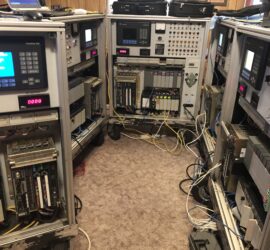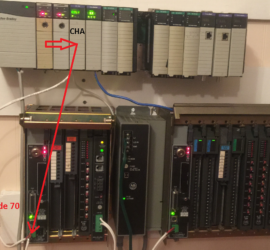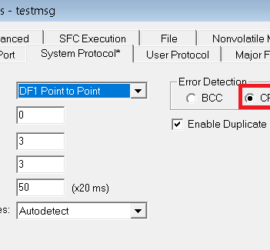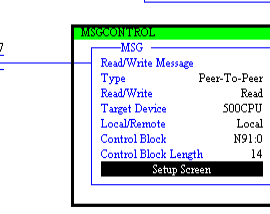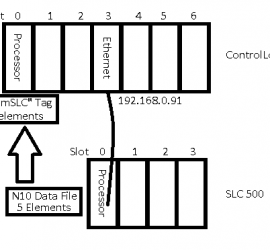ControlLogix Level 2 Training
Introduction to ControlLogix Level 2 Training ControlLogix Level 2 Training is for those who have completed Level 1 (Maintenance and Troubleshooting). This includes troubleshooting data across PLC systems, Indirect Addressing, Function Blocks, and PID. You will also learn how to navigate Add-On instructions. ControlLogix Level 1 Review Typically, we’ll start Read More »

